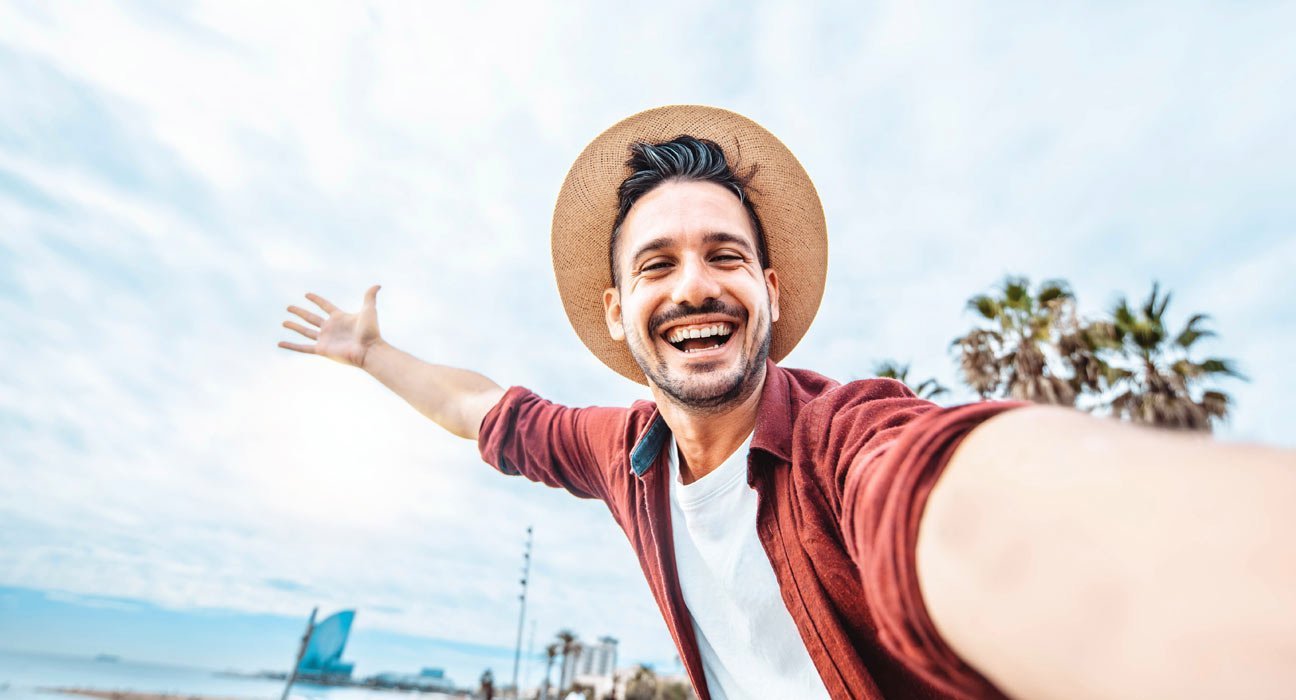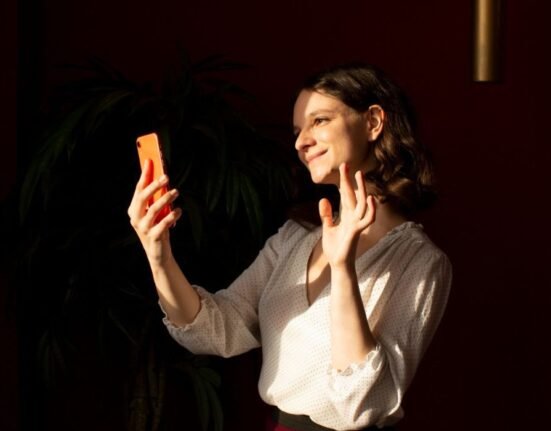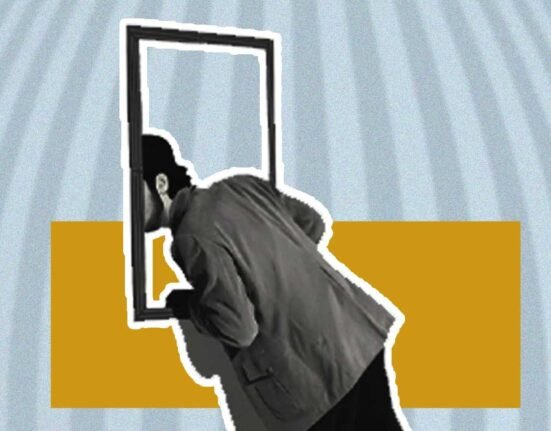“Travel opens your heart, broadens your mind and fills your life with stories to tell.”
Paula Bendfeldt
With the increasing importance of social media, it has become essential to most people to update their posts with images of travel and food. Then there are others who think why they do not create posts so often! Now what is it that differentiates individuals in case of selfie-taking? Is it related to self-esteem? or narcissism? in other words personality? or peer group?
As discussed in the preceding article, their travel experience is dependent on the number of likes, comments, shares their post receives and the overall feedback they receive about their posts. These self-gaze tourists play a major role in the tourism industry. Through providing genuine and real time images of different locations. To further drive this point home, research shows that Instagram users tend to prefer social media influencers over travel brochures for gaining travel information.
Diving into psychology literature on the topic, certain prominent concepts come up in relation to travel selfies. Which are- personality factors, the need to share a narrative experience, gender and self-presentation. In terms of the first element, or personality traits, the Big Five Personality Traits are the most popular and well-known personality assessment. However, there are numerous other models and measures used to understand the concept of personality. As one such tool, Ashton and Lee created the HEXACO Personality Inventory (HEXACO-PI). This inventory measures 6 aspects of personality which are:
- Honesty-Humility
- Emotionality
- Extraversion
- Agreeableness
- Conscientiousness
- Openness to experience
Paris and Pietschnig (2015) examined the role of personality factors in travel-selfie taking behaviour. They found that clicking ‘travel-selfies’ was unrelated to an individual’s self-esteem. Instead those who were high in emotionality and extraversion were more likely to show this behaviour. Additionally, researchers found a correlation between low levels of humility and frequent selfie use and sharing.

On similar lines, Baiocco et al (2017) investigated how the HEXACO personality traits predict different selfie-posting behaviour. Having controlled factors such as age, gender and sexual orientation, the researchers were able to identify patterns that linked particular selfie-posting behaviour to certain characteristics. Females, adolescents and not-exclusively heterosexual individuals tended to post more of their own selfies. Whereas adolescents were more likely to post group selfies and selfies with their partners.
Selfies taken both alone and in groups are more common among those with low honesty/humility and conscientiousness scores as well as high emotionality and extraversion scores. Only lower honesty/humility and higher emotionality scores were found to be associated with taking selfies while in a relationship.
Another study relating to travel selfie taking by Cardell and Douglas (2018) argues that taking and sharing selfies. While travelling act as a ‘new mode of travel narrative practice’. Since travel selfies capture the feelings, encounters, and destinations of the travellers. Some people also view them as a form of travel writing. While looking at the motives behind travel-selfie taking. A study on university students in Kuwait indicated that they took and posted selfies for- entertainment, documentation, status-updating self-presentation (SUSP) and appraisal-seeking self-presentation (ASSP). This study by Al-Kandari and Abdelaziz (2017) also stipulated that each motive was specifically linked to particular aspect of self-taking such as documentation for taking selfies, SUSP for posting selfies and ASSP for editing selfies.The researchers also found that women were more likely than men to engage in behaviours. Which is connected to selfies and to utilize selfies for self-presentation.
Focusing specifically on female selfie-gaze tourists, Lyu (2016) studied why many tourists modify their photographic images to manage their impressions. In order to study Korean women tourists’ strategic self-presentation behaviour through trip selfie snapping and sharing, researchers looked at Korean women tourists. The results indicated that the participant’s self-presentational orientation was related with aspects of self-objectification. In spite of the wide spread love of selfies, each individual has their own interpretation of this selfie-taking behaviour.
In this regard, the study done by Diefenbach and Christoforakos (2017) sheds light on why, even though selfies evoke criticism and disrespect, people continue to take and post selfies! Researchers discovered that those who scored well on self-promotion and self-disclosure claimed to be happier while snapping selfies. However, the study also showed that each person’s interpretation of their own and other people’s selfies varies. People displayed a “selfie-bias” in which they saw their own selfies as genuine and self-ironic while assigning fun and good feelings to selfies shot by others.
Conclusively, research evidence shows that travel-selfies, and generally selfie taking behaviour can be linked various psychological factors such as personality factors, the need to share a narrative experience, gender and self-presentation. Hence, next time an individual is seen taking a selfie – you know what could be the reasons!













Leave feedback about this